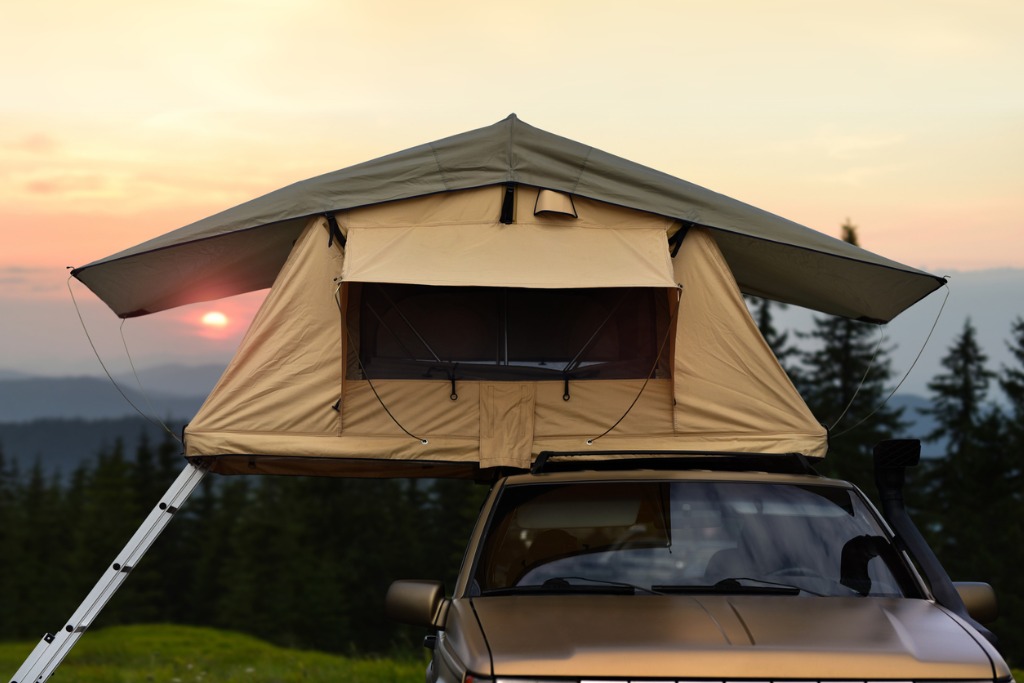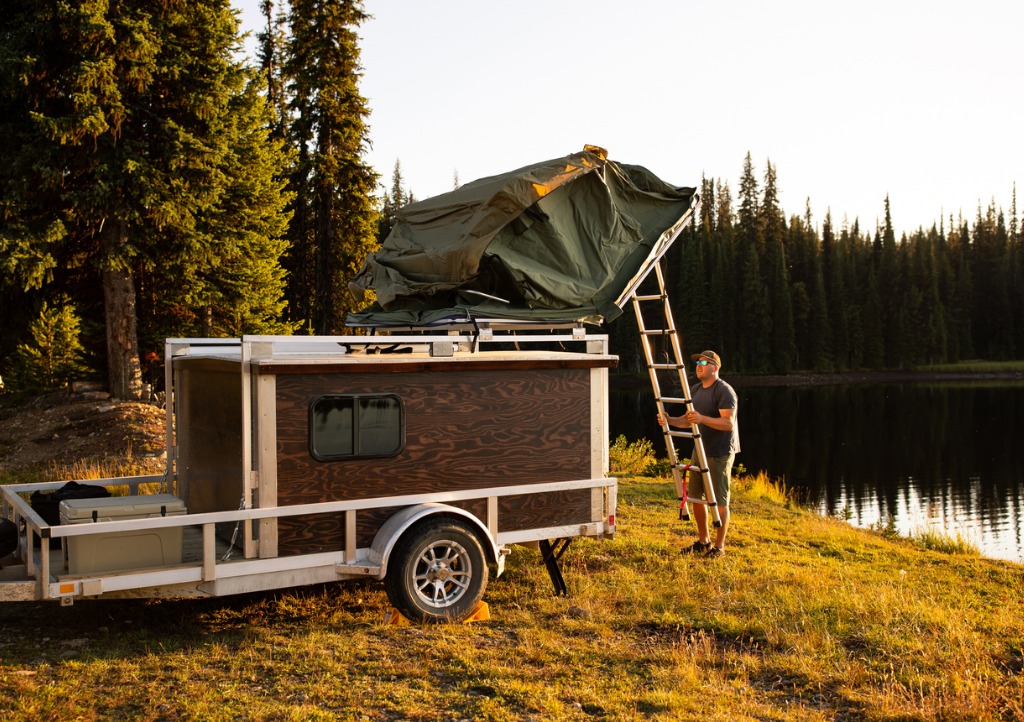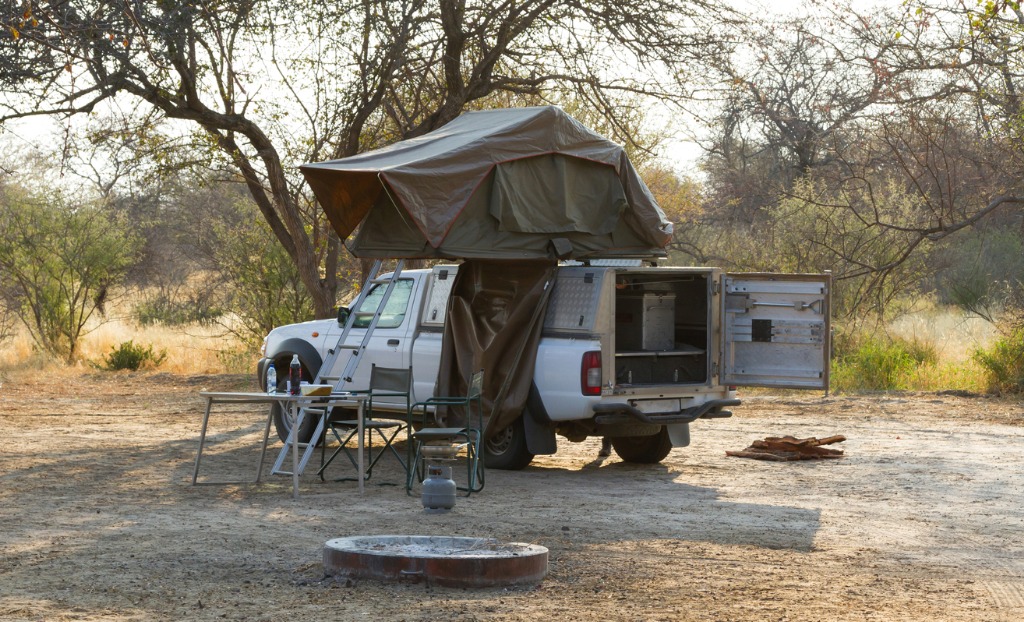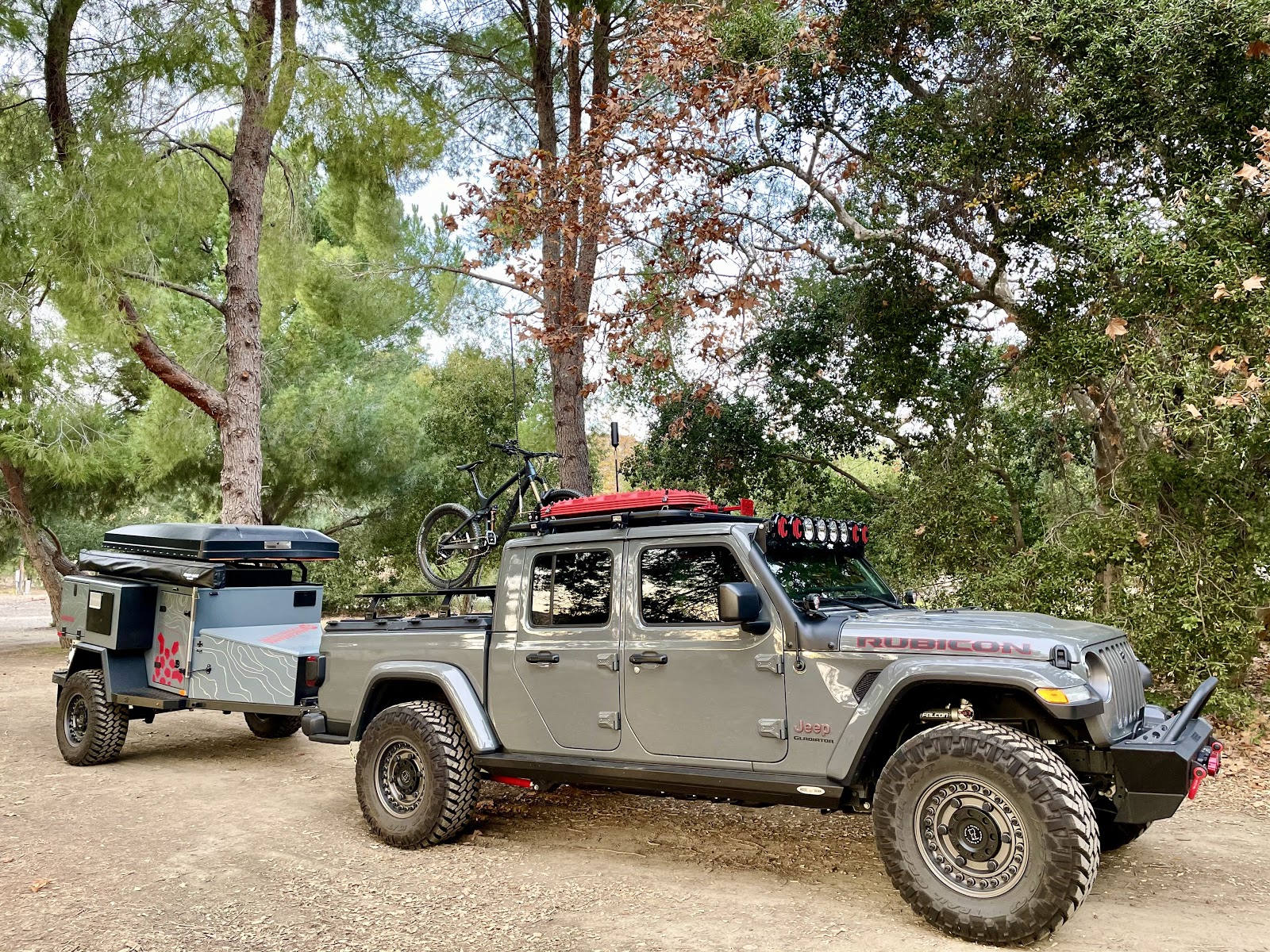Photo by pixdeluxe via iStock
Being comfortable while camping will keep you looking forward to doing it. A quality sleeping setup can transform the way you sleep off-grid; however, there are countless options out there and choosing one can be a daunting task.
If you came across this article, chances are you are in the market for a rooftop tent – or, you have plenty of time to spare. As camping accessories progress, so do our habits. Until recently, sleeping on your car’s roof would have sounded insane; but now, it’s becoming a fast-growing trend.
As is the case with all accessories, there are plenty of types and brands of rooftop tents to choose from. In this article, we’ll dive into the debate about softshell vs hardshell rooftop tents.
Softshell Rooftop Tents
photo by choochart choochaikupt via iStock
Softshell rooftop tents, as the name suggests, are made from waterproof and durable soft materials (fabrics). There are plenty of reasons to go for a soft shell and plenty to not. Let’s have a look.
Pros of Softshell Rooftop Tents
photo by Oleksandr Filon via iStock
Typically, softshell rooftop tents are made from two equally-sized floors that fold on top of each other. Therefore, when deployed, they double in size. If you need your rooftop tent to accommodate more than two people, a softshell rooftop tent may be the way to go. It’s just a thought to consider as you make your softshell vs hardshell rooftop tents decision.
They Can Provide Shade
Photo by ZargonDesign via iStock
When set up, half of the tent hangs off the vehicle – this can provide a nice shelter underneath to sit or cook while at camp.
They are More Affordable
Rooftop tents can get expensive, so the cheapest way to get into one is with a softshell.
Prices start at about $700 and, from there on, your wallet is the only limit.
More Annex Options
photo by michaklootwijk via iStock
If you want to expand your tent, then an annex is a good addition.
Because of their design, softshell rooftop tents can be paired with an annex easier. However, an annex can be really time-consuming to set up. Therefore, it is not suitable for someone who’s changing campsites on a daily basis.
Cons of Softshell Roof Top Tents
Wind Drag
When folded, a soft-shell rooftop tent is not what you’d call aerodynamic. That’s down to the two-piece design. So, if your vehicle already struggles on the motorway, strapping a huge brick on top of it won’t help.
Setting Up and Packing Back Down is Time-Consuming

A normal ground tent will most certainly be faster to set up and pack than a softshell.
Furthermore, removing the tent cover and putting it back on for driving after a dusty or wet trail is plainly awful. You will be wet or covered in dust from top to bottom!
Not Great in Snow
If you love winter camping, then well done – you have all the trails and campsites to yourself. Preparation is key though, and in snowy conditions, a softshell rooftop tent might not be ideal. Snow can build up on top of it and you will have to clear it every once in a while.
They are Noisy in Windy Conditions
Because you are up high and cannot use your vehicle as a shelter from the wind like in a ground tent, rooftop tents fare poorly in windy conditions. This is especially true for the softshell ones – a lot of flopping from the tent’s fabric walls will be your night’s companion.
Learn More:
- Is Rooftop Tent Camping Right for You?
- Buyer’s Guide: Choosing a Roof Rack or Bed Rack for Overlanding
Hardshell Rooftop Tents
Of course, your other option is to go with a hardshell rooftop tent. Though they aren’t perfect, there are plenty of benefits of going this route.
Pros of Hardshell Rooftop Tents
They are Extremely Fast to Set Up
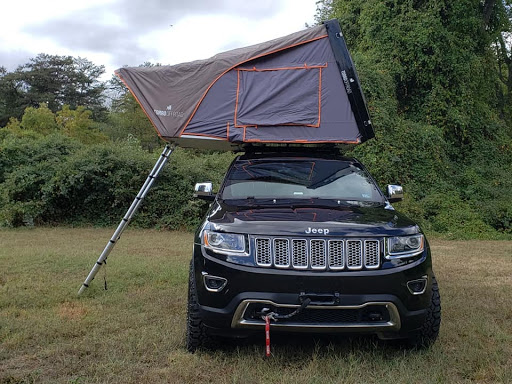
When it comes to setting up camp, nothing beats a hardshell in terms of convenience.
Most of them are up in under 15 seconds and packing them back down is a far easier process than softshells.
Better Aerodynamics
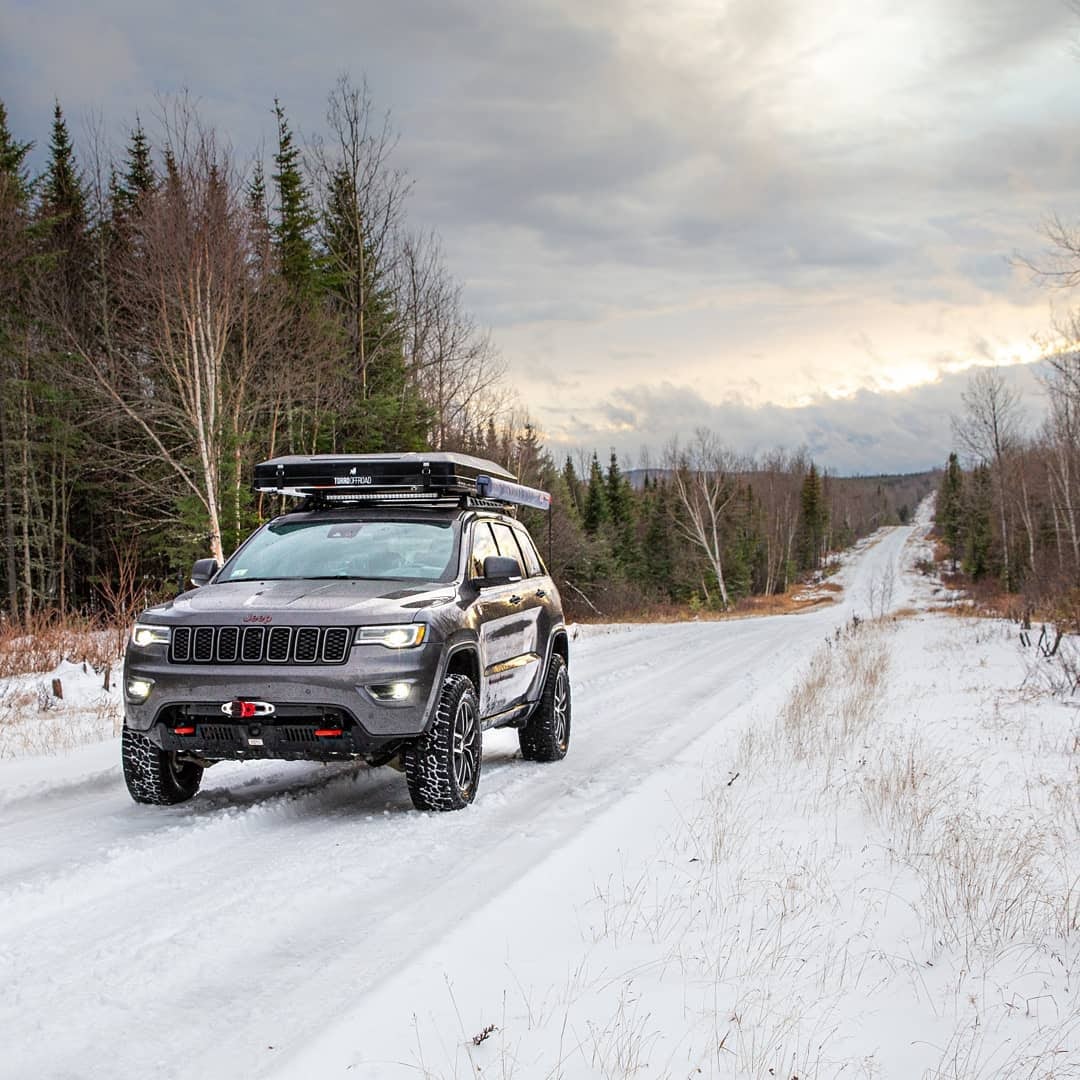
When packed, most hard-shell tents are extremely thin; therefore, aerodynamics are not affected as much. Some other added benefits are less wind noise and better weight distribution.
Less Noisy in Windy Conditions
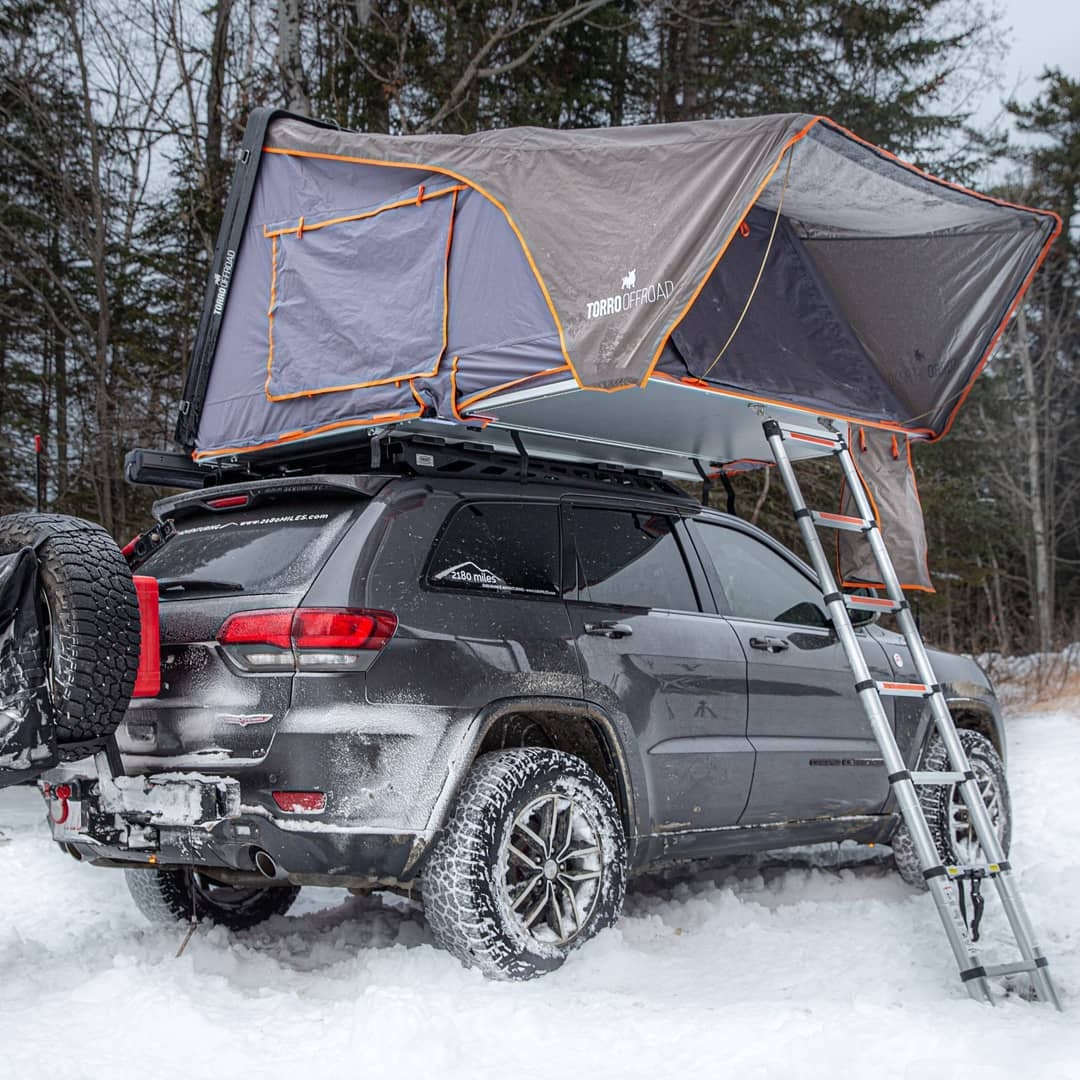
This is down to two reasons. One, there’s just less fabric to move around. And two, the struts that help pop up the tent keep the fabric stretched better.
If your hardshell tent is the clamshell shape (like the one shown above), you can point the clamshell towards the direction of the wind to further minimize noise.
Snow is Not an Issue
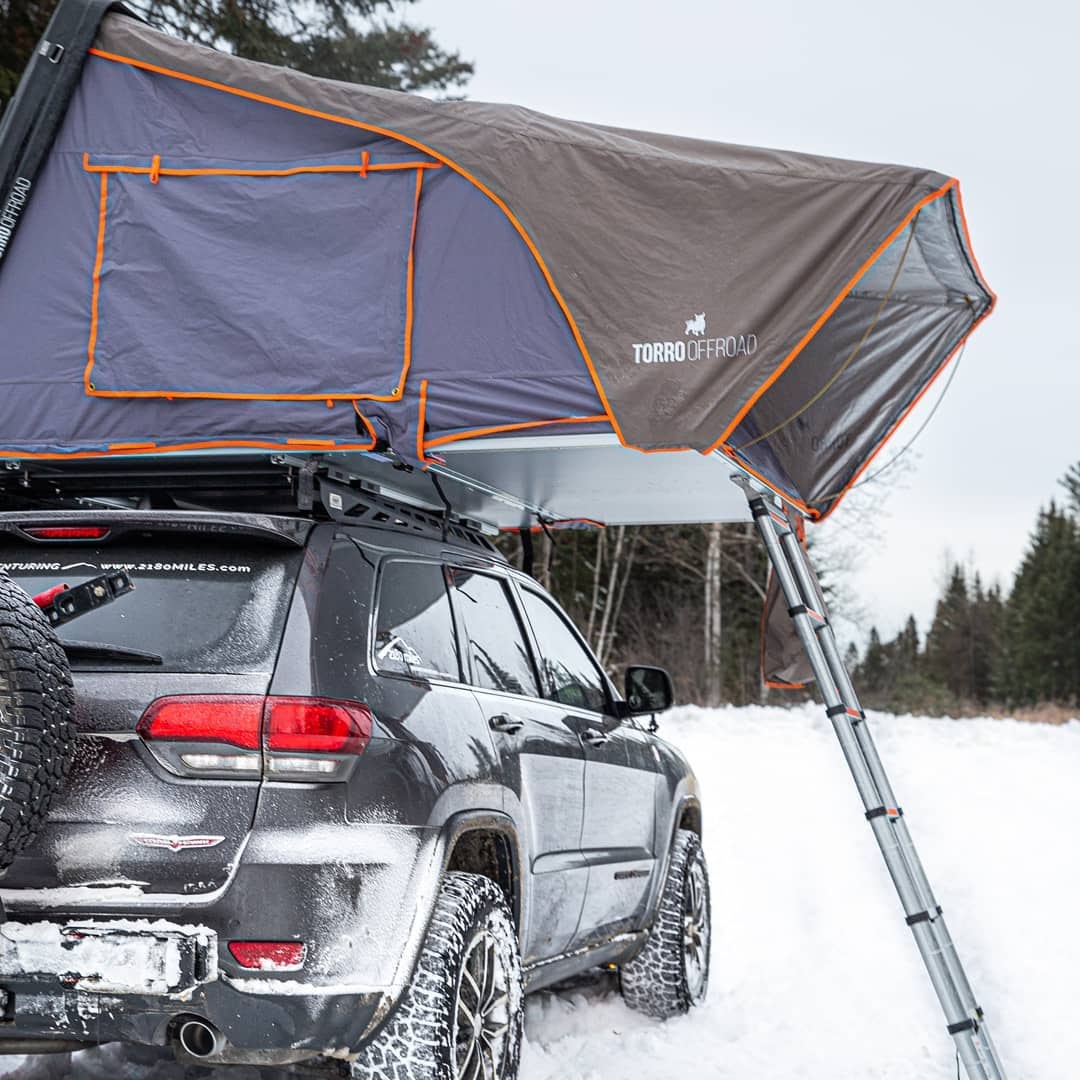
This is especially true for the clamshell-shaped ones. Snow falls down the side; therefore, there’s no need to clear it. Normal hardshells also do well in snow; although, if it’s excessive you might want to clear some off.
You Can Mount a Roof Rack on Top of Them
A rooftop tent (like the Torro Offroad Skylux that’s mounted on top of the Turtleback Expedition Trailer in the image above) will occupy all of the space on your roof rack. With some hardshell tents, you have the option to mount some light accessories on top – perfect for those muddy Max Traxx.
No Need to Pack up Your Bedding
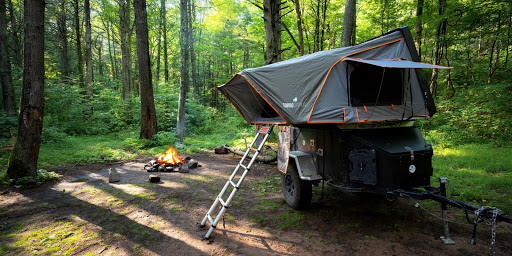
With hardshell rooftop tents, there is no need to pack your bedding. Most of them can be closed with your sleeping bag and pillows inside.
Cons of Hardshell Rooftop Tents
Price

What you give is what you get, and the added convenience comes with a price. A quality hardshell tent will set you back $2000 and upwards.
Less Space Inside
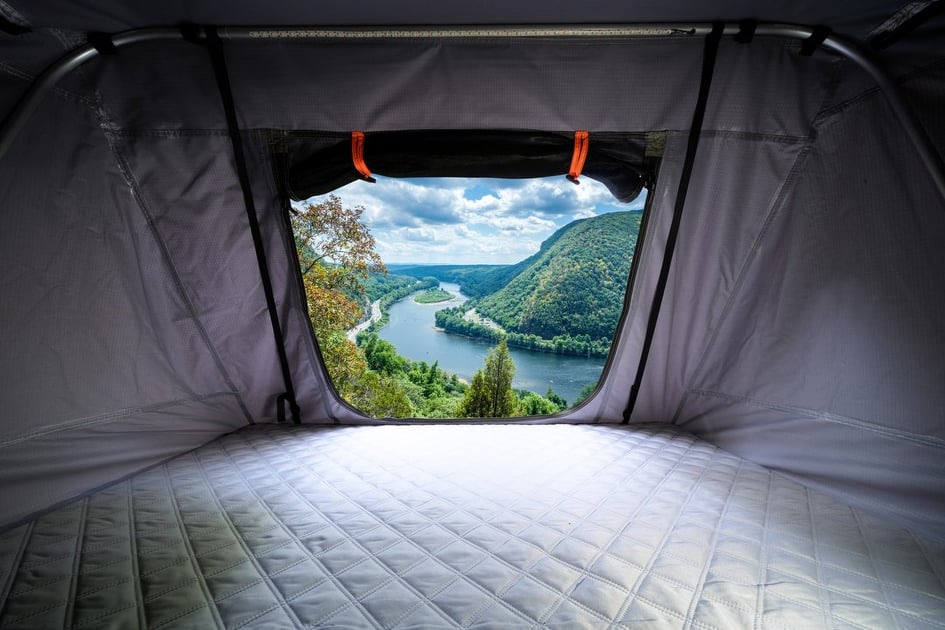
Unlike softshells, these types of tents don’t double in size when set up; therefore, space is equal to the tent’s footprint.
Longevity
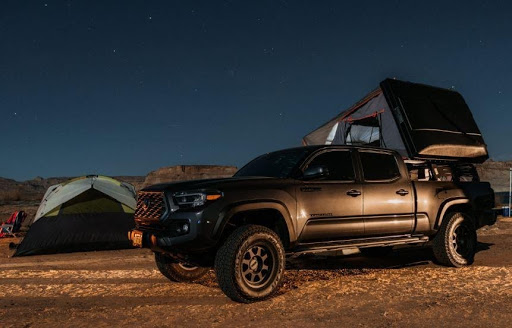
In some cases, the mechanism that helps pop the tent up and down can rub against the fabric. In the long run, this can cut some nice holes into your tent.
As with anything you buy, it is good practice to check common issues – this can help avoid such problems.
Softshell vs Hardshell Rooftop Tents: What Should I Go For?
If you are new to rooftop tents, I would suggest going for a softshell solely because of the price. You don’t want to spend big cash just to realize rooftop tents aren’t for you. For someone who has been using a softshell for a long time and is fed up with setting it up, a hardshell is a great choice!
All that is left is to go shopping! If you have any further questions regarding rooftop tents leave them down below!






